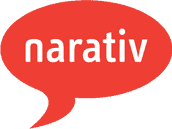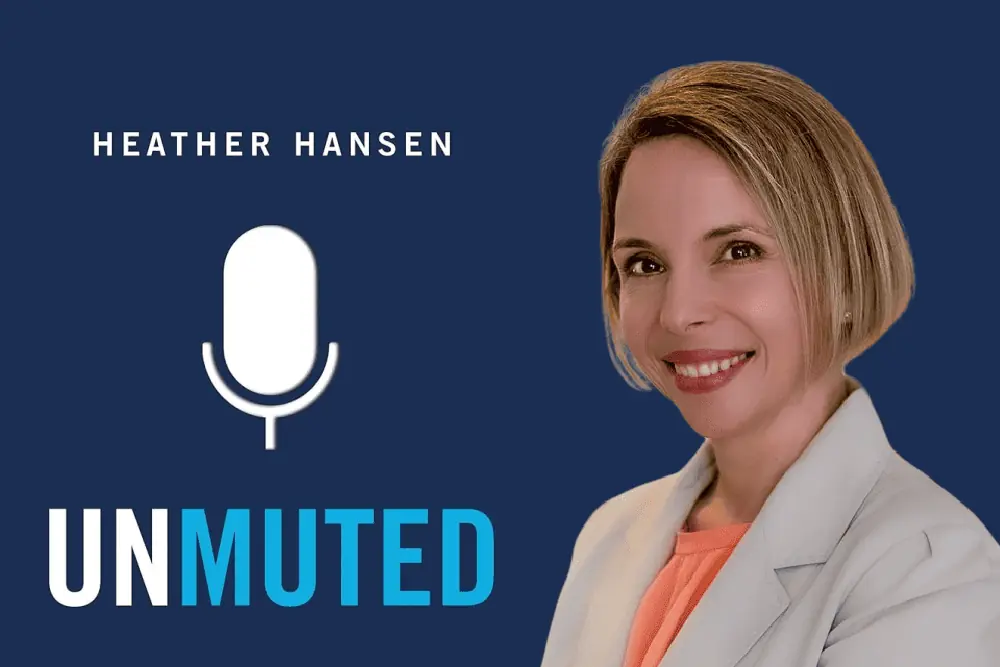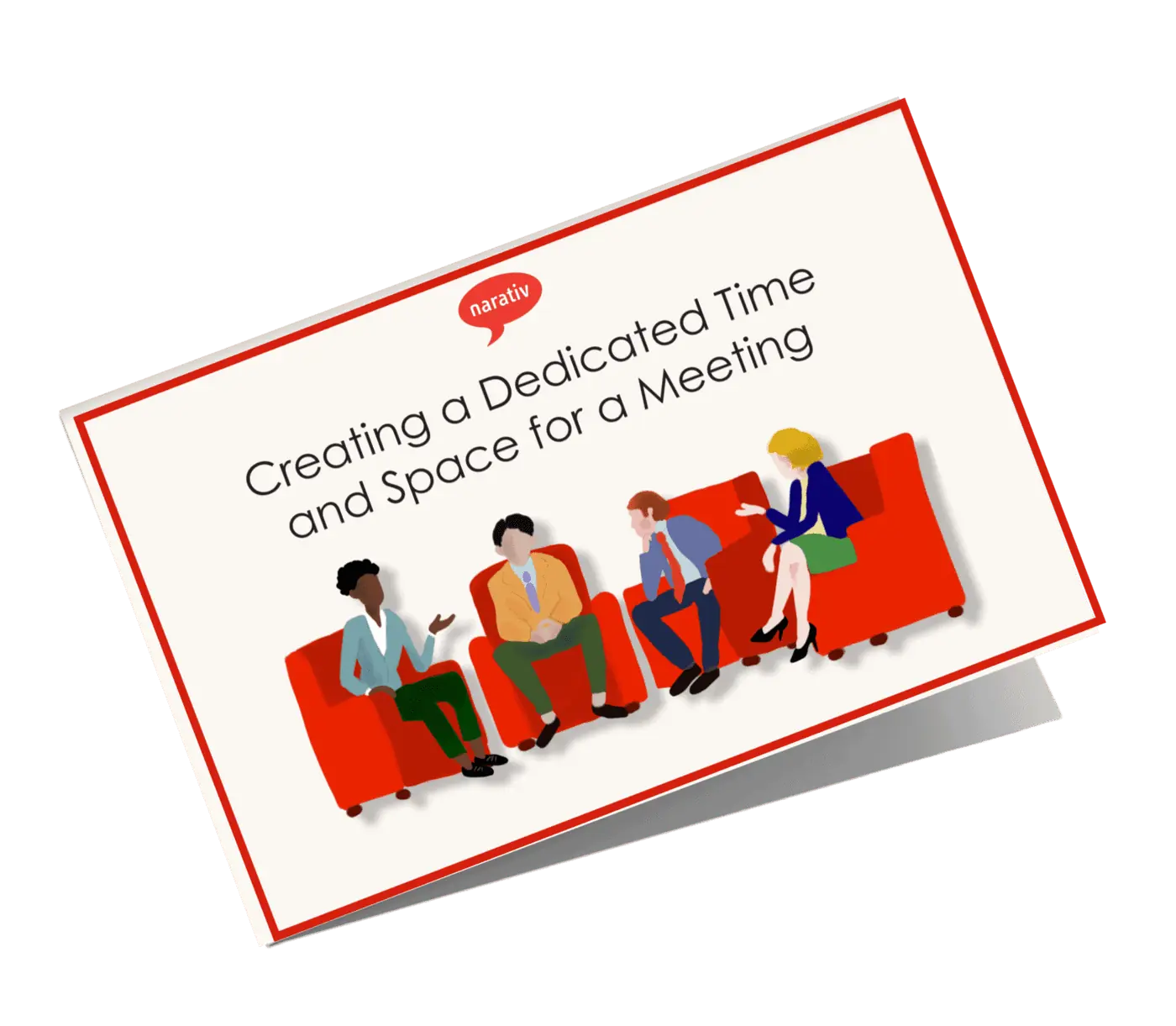In today’s interconnected global economy, effective communication is what drives successful organizations. The nuances of language, the tones we set, and the accents we carry can either bridge gaps in our dynamics or deepen divides.
Amidst this linguistic landscape stands Heather Hansen, a voice of understanding and an advocate against linguistic bias in organizations. Her unique professional and personal experiences and perspectives provide invaluable insights into the profound impact that accents can have, especially in the professional realm.
On a recent episode of Leadership Story Talks, we had the pleasure of speaking with Heather about her book, Unmuted and the importance of linguistic representation in business. If you want to learn more, listen to the full episode.
Accents: Beyond Simple Sounds
Defining Accents
An accent refers to the distinct way individuals pronounce words based on various factors like their geographical location, social groups, or first language. It’s a blend of how we articulate sounds and construct our sentences, making each of us unique. On the other hand, a dialect encompasses more than pronunciation; it includes unique vocabulary and grammar, often seen in different regions of a country.
The Stereotypes and Assumptions of Linguistic Bias
However, (and unfortunately), with uniqueness often comes scrutiny. While one would think that diversity should be celebrated, more often than not, accent bias is a prevalent issue in organizations. In many professional settings, individuals are often judged not by what they say but by how they say it. Take, for instance, a business meeting where an idea pitched by someone with a non-native accent is overlooked or deemed less credible due to subconscious biases. These are not isolated events but manifestations of deep-rooted prejudices against certain accents.
American Companies and the Asian Perspective
Leading in Asia: A Success Story
Heather’s tales offer a fascinating glimpse into this. She recalls the success story of an American company in Asia, led by an individual with an accent different from the American board he reported to. This story stands as a perfect example of how accents, coupled with adept linguistic skills, can bridge cultural and business divides.
The Role of Accents in Representation
With great power comes great responsibility. Leading a vast and profitable Asian market for an American company came with its own challenges. The non-native accent, while an asset, also bore the weight of representation. It’s crucial to understand that linguistic diversity brings both challenges and advantages. It offers diverse perspectives but also necessitates sensitivity to avoid unintentional miscommunication.
Media Representation: Accents and Stereotypes
Television Shows and Accents
Media, the mirror of society, often distorts this reflection when it comes to accents. How often have we seen a character on TV with an exaggerated accent, used either for comedic effect or to stereotype? These portrayals, though subtle, further entrench linguistic bias and accent bias in viewers’ minds, causing them to form unfounded opinions about real-life individuals based on fictional characters. Conversations around accents in TV shows and movies have recently become a topic in media.
The Need for Accurate Linguistic Representation
Heather Hansen ardently supports the need for accurate representation and her book, Unmuted sheds light on this issue. Accurate linguistic representation can be a powerful tool in shattering age-old stereotypes and misconceptions. If done right, it has the potential to reshape societal views on accents and linguistic backgrounds. Heather’s TEDx Talk delves more into how perspective can help change people’s minds. It provides an interesting insight into how linguistics is another way to elevate DEI in the workplace. If you want to learn more about DEI in general, you can do so here.
Understanding Over Assumption: The Way Forward
The “Bad English” Stereotype
The term “Bad English” has often been misused to criticize those who don’t conform to conventional English standards. However, as Heather highlighted in her discussions in Unmuted, it’s more about understanding the essence of communication rather than nitpicking on perfection. Emphasis should be on the message, not its delivery.
Supporting Linguistic Diversity in Meetings
Every meeting room has them: those who remain silent, not due to a lack of ideas but perhaps due to an apprehension of how their accent might be perceived. Recognizing these silent voices, understanding their reasons, and fostering an environment that encourages diverse linguistic backgrounds to express themselves freely is the need of the hour. Organizations stand to lose a great deal when their intelligent human resources feel afraid to share their perspectives.
Resources for a Deeper Dive
For those keen on exploring this topic further, Heather’s TEDx Talk, her book, and her feature in the NPR podcast “Rough Translation” come highly recommended. It’s essential to not only listen but to delve deep and reflect on our inherent biases and how they shape our professional interactions.
Closing Thoughts
As our world continues to grow smaller with technological advancements, linguistic diversity will only become more pronounced. Recognizing, understanding, and valuing this diversity is not just a moral imperative but a business one. Leaders, now more than ever, must be aware and supportive of diverse accents, making a conscious effort to minimize linguistic bias and celebrate the mosaic of voices in their midst.
For a deeper understanding, listen to the entire conversation with Heather Hansen on Leadership Story Talks and explore the transformative power of storytelling with Narativ.




